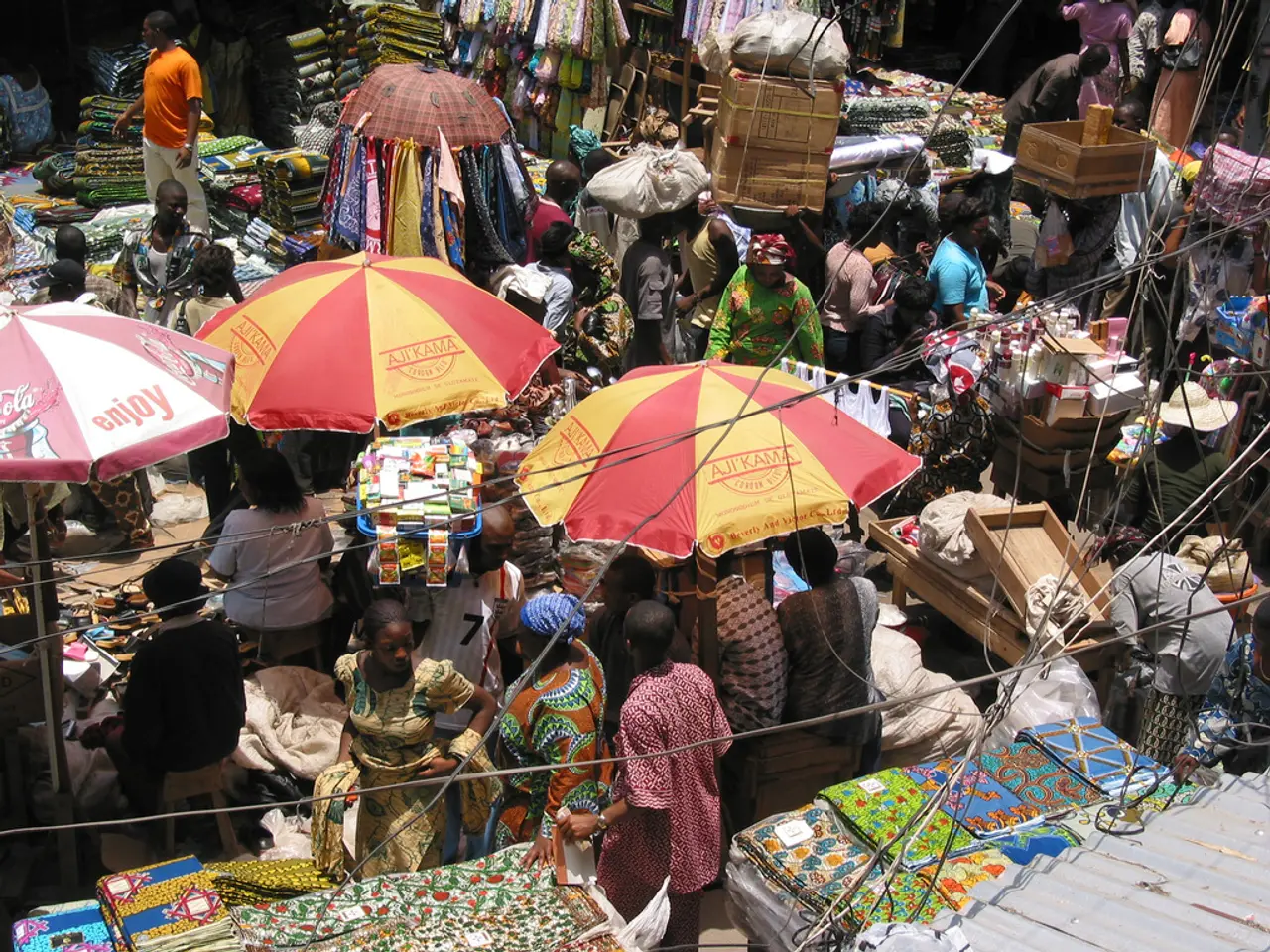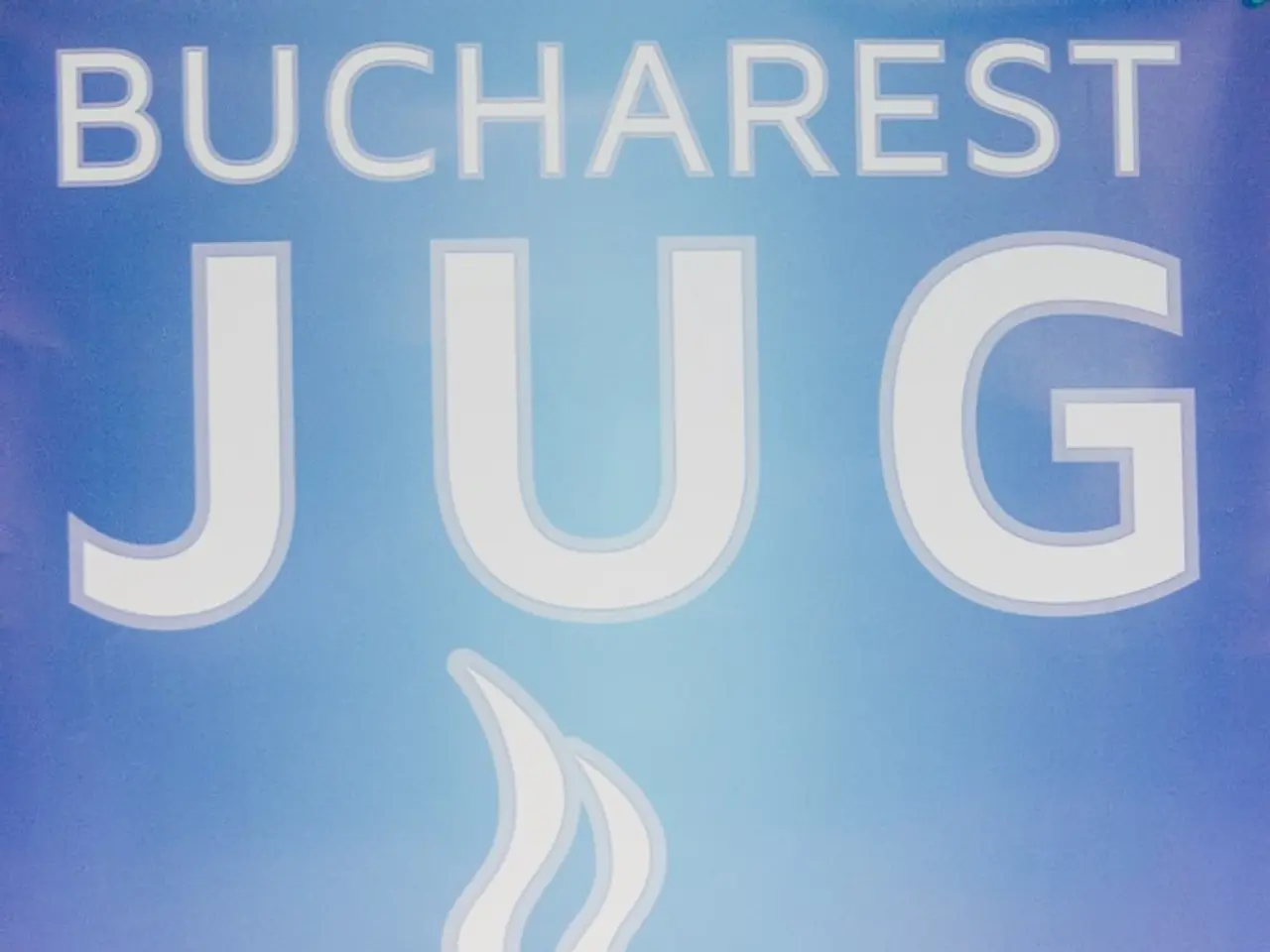Economic specialists in Kazakhstan discuss potential ways to curb economic growth rate slowdown.
In Kazakhstan, a spike in inflation has led to a surge in the cost of utilities, healthcare, non-food goods, and food. Economists in the country warn that access to both cash and loans is gradually becoming more limited, partly due to the manual management of the banking sector.
While such measures may produce short-term benefits, they could hinder economic growth in the long run, according to experts. Discussions about the innovations that financial institutions will face and the potential consequences have ensued.
To counter the rising inflationary pressure, the National Bank has implemented new rules for banks. Among the key measures is the introduction of a sectoral countercyclical capital buffer (CCB) at a rate of 2%. From April 2026, banks will be required to set aside a portion of their capital for every new consumer loan issued.
According to economist Almas Chukin, this move is an attempt to slow down consumer lending and cool the market. Banks will either have to grant fewer consumer loans or raise interest rates to compensate for the losses resulting from this added requirement, Chukin predicts, hinting at potential interest rates soaring to 29%.
Andrei Chebotarev, another economist, argues that the introduction of CCB in the current situation is not a systemic step, but rather a temporary solution. Chebotarev strongly believes that the market is more capable, intelligent, extensive, and effective than the regulator's efforts to manage it and that the National Bank should stop attempts to intervene in the market.
In addition to the KKB, the National Bank is also introducing minimum reserve requirements (MRR) as a more powerful fiscal tool. Funds invested by banks, which exceed their capital, must be stored in the National Bank as a precautionary reserve, effectively rendering these funds frozen and, in some cases, causing direct losses for the banks.
However, according to Chukin, in times of economic downturn, access to funds should be eased, and the consumer lending market supported. Chukin argues that the National Bank should have reduced MRR to free up resources for banks, boost liquidity, and encourage issuance of more loans, thereby stimulating economic growth.
In light of these developments, experts predict that the implementation of a sectoral countercyclical capital buffer in Kazakhstan will result in a temporary moderation of consumer lending growth, but in the long run, it will foster a more stable credit environment, promote more sustainable economic growth, and reduce vulnerability to volatile credit cycles.
The introduction of a sectoral countercyclical capital buffer (CCB) in Kazakhstan's banking sector could lead to banks either granting fewer consumer loans or raising interest rates, potentially causing interest rates to soar to 29%.
In contrast, economist Andrei Chebotarev believes that the current situation does not warrant a systemic step like the introduction of CCB, and that the market has the intelligence and extensiveness to manage itself effectively without excessive regulatory intervention.




